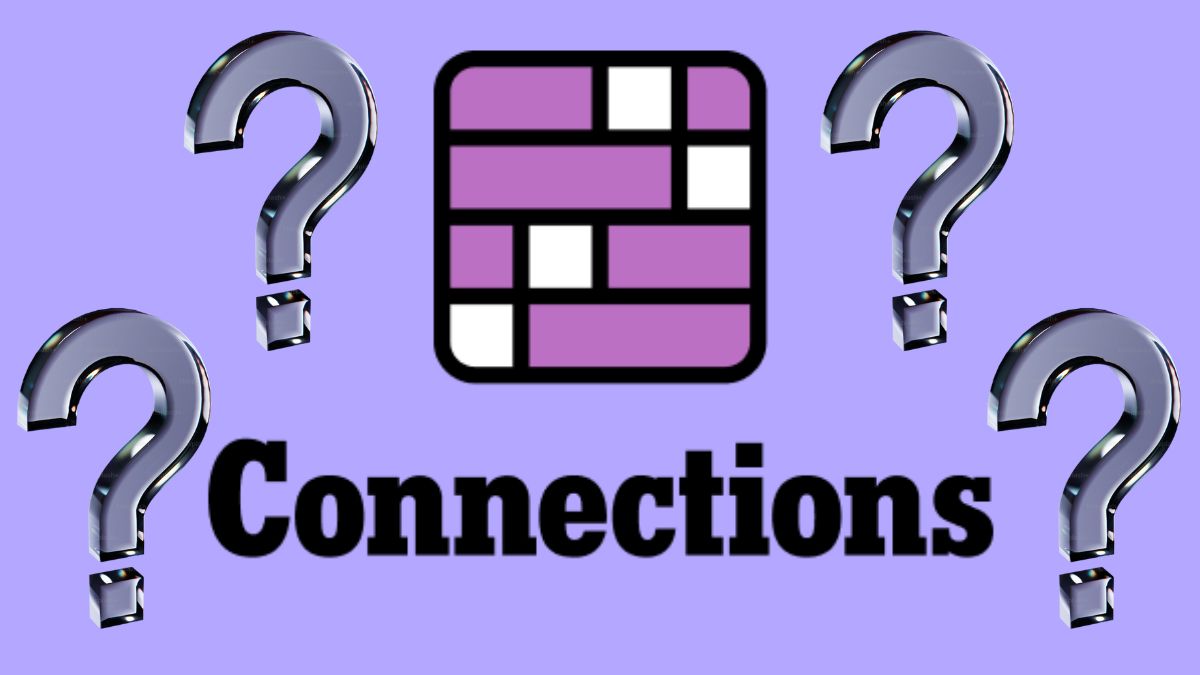Connections puzzles are a popular form of brain-teasing entertainment that challenge your ability to identify relationships between words, concepts, or items. These puzzles require both critical thinking and creative insight, making them a favorite for those who love engaging their minds. Below is an in-depth look at how to approach Connections puzzles, tips for solving them, and the value they bring to your cognitive skills.
What Are Connections Puzzles?
Connections puzzles consist of a grid of words, phrases, or images. The goal is to group these items into categories based on shared attributes or relationships. Typically, a puzzle will have several groups, each containing a specific number of related items.
Key Features:
- Grids or Lists: Words or items are presented in a grid format, often with 16 elements.
- Hidden Relationships: The connections might be straightforward (e.g., all items in a group are colors) or abstract (e.g., items that share idiomatic expressions).
- Incremental Difficulty: Some connections are obvious, while others require lateral thinking.
How to Approach a Connections Puzzle
Solving a Connections puzzle is a mix of logic, observation, and pattern recognition. Here are step-by-step strategies:
- Scan the Puzzle
- Quickly read through all the items to get an initial sense of the possible categories.
- Look for items with clear, common themes (e.g., colors, numbers, or famous names).
- Start with the Obvious
- Identify the most apparent groupings. For instance, in a puzzle with words like red, blue, and yellow, it’s safe to assume they might form a group of colors.
- Look for Subtle Patterns
- Examine the remaining items for less obvious connections. This could involve synonyms, homophones, or cultural references.
- Test Your Hypotheses
- Many puzzles allow trial and error. Test potential groupings and adjust based on feedback.
- Double-Check
- After forming all groups, review them to ensure they make logical sense.

Hints and Techniques for Success
While some puzzles offer a hint feature, developing your strategies can enhance the experience.
- Word Associations: Think about synonyms, antonyms, or idiomatic expressions.
- Cultural References: Be aware of popular phrases, movies, books, or historical figures.
- Lateral Thinking: Don’t rely solely on direct relationships; consider abstract connections.
Cognitive Benefits of Connections Puzzles
Engaging in Connections puzzles offers several advantages:
- Improved Problem-Solving: Identifying relationships enhances analytical thinking.
- Enhanced Vocabulary: Exposure to diverse words and phrases broadens language skills.
- Stress Relief: The focus required can be a meditative and relaxing activity.
- Memory Boost: Recalling facts and associations exercises memory retention.

Sample Scenarios and Practice
Let’s consider some example groupings you might encounter:
Example 1: Categories
- Items: Apple, Banana, Cherry, Orange
- Connection: Fruits
- Items: Red, Green, Blue, Yellow
- Connection: Colors
Example 2: Abstract Themes
- Items: Key, Lock, Password, Combination
- Connection: Security-related items
- Items: Spring, Summer, Fall, Winter
- Connection: Seasons
Expanding Your Puzzle-Solving Network
If you enjoy solving Connections puzzles, consider exploring communities and resources where enthusiasts gather to share tips and challenges:
- Puzzle Apps: Mobile apps often provide daily Connections puzzles for practice.
- Online Communities: Forums and social media groups offer discussions and custom puzzles.
- Print Publications: Many newspapers feature word-based puzzles for offline engagement.
Conclusion
Connections puzzles are more than just a pastime; they are an excellent way to challenge your mind, enhance your skills, and have fun. By following strategic approaches and honing your pattern recognition, you can tackle even the most complex puzzles. So, whether you’re a casual player or an avid enthusiast, keep exploring the world of Connections puzzles to unlock new levels of mental acuity and satisfaction.
